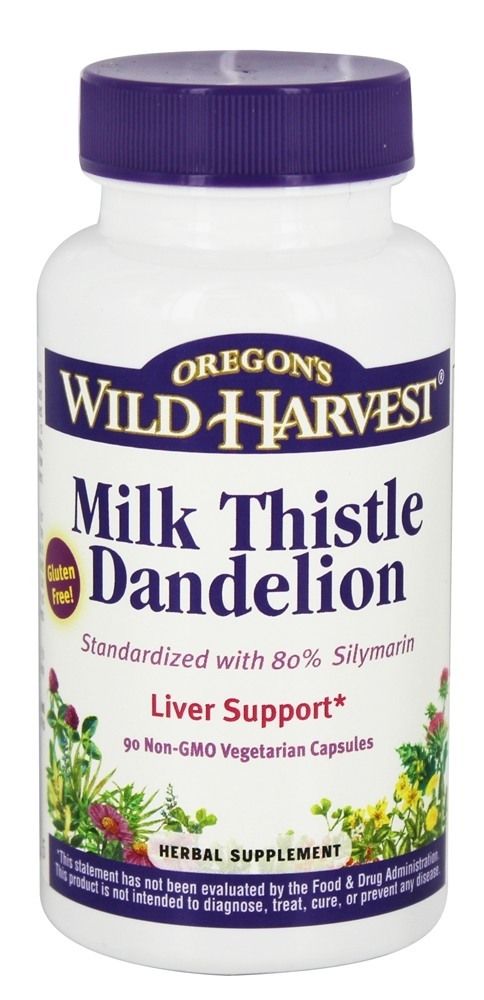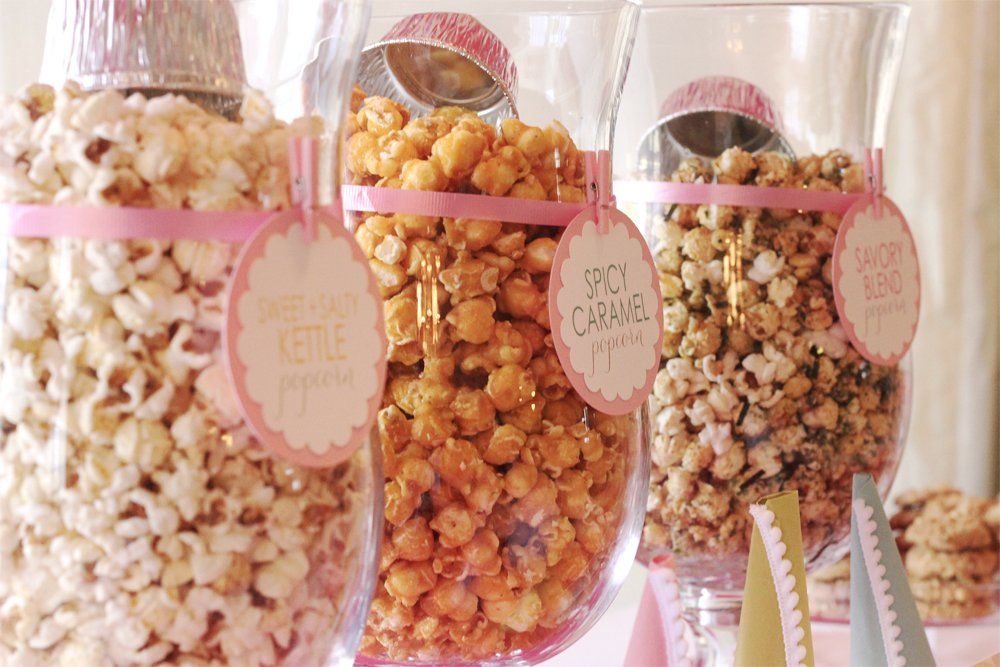Thistle baby food
Homemade Baby Food Made Easy: Thistle Baby Review
Baby
The following post is sponsored by Thistle Baby
To me, food is one of the most important parts of our lives. It determines our lifestyle, our outlook and of course, our health. I don’t follow one particular diet, but believe that moderation, flexibility and open-mindedness are key to raising healthy eaters and individuals. Fortunately both my daughters are healthy eaters with a wide palate and we regularly consume various ethnic foods with eclectic flavor profiles such as Asian, South American and Mediterranean in addition to American.
When my daughters were babies I made them homemade baby food 90% of the time. It was a lot of work but life was a lot simpler then. Now that I have three kids, making my 7 months old son fresh food has been a challenge. I even threw out organic vegetables on several occasions because I couldn’t get to it on time.
In an attempt to make things easier, I began buying him organic baby food sold in jars but he didn’t seem to like any of them. So I stuck to mainly organic oatmeal and soft fruits searching for another good way to feed my baby.
While searching for another option that’s simple and healthy, I discovered Thistle Baby, a San Francisco based baby food service that delivers organic, flash-frozen, pre-washed, chopped and portioned ingredients right to your door. It’s like Blue Apron or Hello Fresh for babies. How brilliant!
What’s Inside Thistle Baby Box
The box contains tightly sealed packages of freshly chopped ingredients. For the purpose of this post, I received two weeks worth of food.
The packages contain various blends of different vegetables and fruits such as
- Big Apple-tite: beet, apple, blackberries, mint leaves
- Little Green Machine: broccoli, asparagus, green beans, pears, tarragon leaves
- Peach-y Keen: peachy, head cauliflower, knob ginger
- Keep Calm + Curry On: apples, carrots, butternut squash, mild curry powder
- Chard Knock Life: rainbow chard, pears, goji berries, chia seeds
- Mango Tango: mango, kale, pears, ginger
I tried the Little Green Machine, Peachy Keen and Keep Calm + Curry On for my 7 months old son.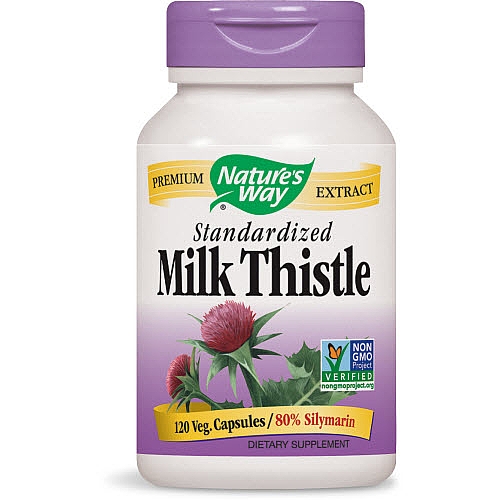 His favorite was the Green Machine and least favorite was the Peachy Keen. But of course, this depends on the baby and it’s important to introduce your baby to various flavor profiles even if he/she doesn’t seem to like it at first.
His favorite was the Green Machine and least favorite was the Peachy Keen. But of course, this depends on the baby and it’s important to introduce your baby to various flavor profiles even if he/she doesn’t seem to like it at first.
My personal advice is to be patient and to keep trying! Some were easier to spoon feed than others but overall, he ate all of them.
How to make Thistle Baby
To make the food, you simply open the packaging (you can defrost overnight in the refrigerator or steam frozen), steam in any steamer or steam basket, blend in a blender/food processor and serve. It took me less than 10 minutes to make fresh food for the whole week.
You can cook all the packages at once and freeze them or cook it one at a time. This is entirely up to you. I prefer to make it one at a time.
With one bag of Thistle Baby, I was able to fill two baby jars of fresh food and freeze some in breastmilk storage bags for later in the week. The food lasts up to 3 days in the refrigerator and one month in the freezer.
What I like about Thistle Baby
- 100% organic: Organic and flash frozen at peak ripeness to preserve nutrition and flavor
- Variety: You can introduce your baby to different flavor profiles packed with a wide range of vitamins and minerals
- Healthy: Each box contains up to 12 unique fruits, veggies, herbs, spices and superfoods
- Convenience: No researching recipes, grocery shopping and preparing ingredients. Everything is washed, peeled, chopped and pre-portioned.
What I also find interesting about Thistle Baby is that each bag contains stronger flavors like ginger, curry and tarragon leaves. You can adjust how much to put in because the flavors can get strong for beginning eaters. Even a sprinkle of curry powder and one ginger root goes a long way and you don’t need to use all that is provided. This is a great way to introduce babies to wider flavors and create healthy eaters.
Final thoughts
Thistle Baby boxes are $45 (including shipping) for 21 meals, so it comes out to $2.14 per meal. Not bad for giving our babies a healthy start with fresh, organic vegetable and fruits. The best part of all, it makes everything so fast and simple that I actually end up using the ingredients. No waste, no mess.
The downside is that it’s currently only available in certain states like CA and Nevada and can be expensive for some parents.
Overall, I’m really impressed with Thistle Baby. The ingredients are nutritious, well-packaged and ready to be cooked. Steaming and blending takes less than 10 minutes and I love that my baby has fresh organic food to eat for the whole week.
Overall, I’m really impressed with Thistle Baby. The ingredients are nutritious, well-packaged and ready to be cooked. Steaming and blending takes less than 10 minutes and I love that my baby has fresh organic food to eat for the whole week.
What do you think? Are you interested in trying Thistle Baby?
I received a box of Thistle Baby for this review.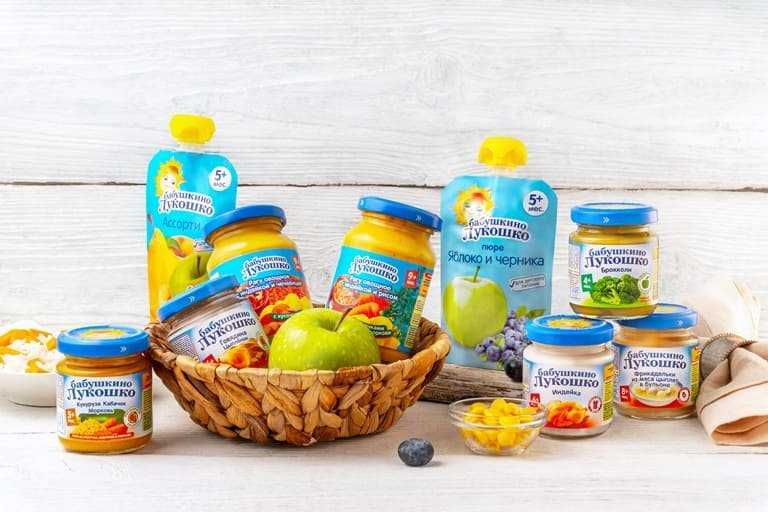 As always, all opinions are my own and I only share brands and products I truly enjoy.
As always, all opinions are my own and I only share brands and products I truly enjoy.
Keep Reading
View more
How to Make Baby Food at Home Easily and Conveniently
Want to give your baby healthy meals but struggling to find the time? Learn how to make baby food at home easily and conveniently. This is a sponsored post written by me on behalf of Thistle. All opinions are 100% mine.
If there’s anything I geeked out on in the baby stage, it was making baby food.
I made baby food for all three kids, poring through recipe ideas and blending and storing their meals. I even tracked all the food they ate and loved watching their reactions as I offered new varieties.
The decision to feed my babies homemade baby food came easily. I found so many benefits, including:
- The variety. I wasn’t locked into a handful of flavors from the store shelves. Cooking my own baby food meant many combinations and possibilities to offer my kids.
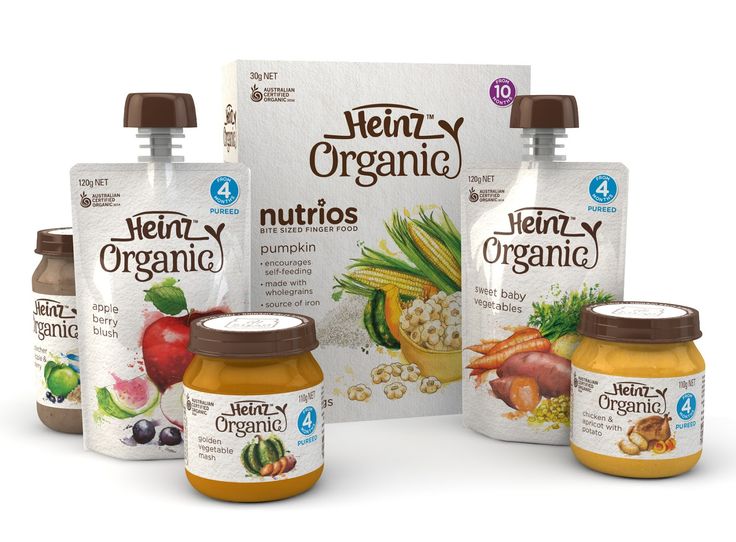
- Less picky eating. With so many flavors to try, my kids learned to be open and accept all types of meals, right from the start. Even now, they eat a variety of food and are willing to try new flavors.
- Healthy eating habits. Because all the food I made was fresh, I avoided offering processed, high-sugar meals. I knew exactly what went into their meals.
- Easier transition to table food. As baby food became more complex the older my babies grew, I was able to transition them to the same meals the rest of the family was already eating.
How to make baby food at home
With so many benefits of making baby food, how can you do this easily and conveniently? Below, I share my best tips on how to make baby food at home, even as a working mom of three kids:
How to prepare fruits
Guess what: You don’t have to start with cereal as a first food to introduce to your baby. In fact, I suggest starting with simple fruits and vegetables as his first baby food.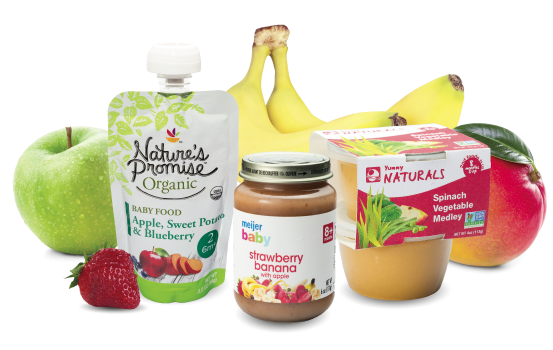 Here’s how to prepare fruits:
Here’s how to prepare fruits:
- Peel and core. Except for berries, start by peeling the fruit and removing its core.
- Slice into sections. Slice the fruit into sections to make for easier blending.
- Place into a steamer. Fill the bottom half of your steamer with about one inch of water, then set your fruit on the top half. If you don’t have a steamer like I did, fill a regular pot with water and set a fitted colander on top, then cover with a lid. Steam the fruit anywhere from 20-30 minutes until that point when it’s tender.
- Blend. Place the fruit in the blender, then add enough water to make the food blend well. Add more water for younger babies who prefer a thinner texture, and less for older ones who can take chunkier meals.
A few fruits don’t need to be steamed, such as bananas, avocados, mango, papaya and kiwi.
How to prepare vegetables
Like fruits, cook the first few vegetables your child eats. Down the line, she’ll take to finger foods like peas, corn and carrots, but for now, cook and blend vegetables as you would fruits.
Down the line, she’ll take to finger foods like peas, corn and carrots, but for now, cook and blend vegetables as you would fruits.
One difference with most vegetables with a thin skin is that you don’t have to peel them like you do with fruits. Vegetables like zucchini and summer squash can be steamed and blended directly.
Any fruits and vegetables whose skin you wouldn’t eat will need to be removed, such as pumpkin, butternut squash, pineapples or bananas.
And finally, root vegetables like sweet potatoes and yams do best by roasting. Wrap the vegetable with its skin on in aluminum foil and bake for 30-45 minutes. Remove the skin and scoop the insides into the blender. Add some water to liquefy, and blend.
How to prepare meat, grains and dairy
As your baby gets older, you can introduce more complex flavors and textures. Yogurt makes a wonderful baby food. Blend fresh fruit like strawberries, then mix it with whole-milk yogurt.
Prepare meat as you normally would, such as baked, grilled, boiled or on the stove top.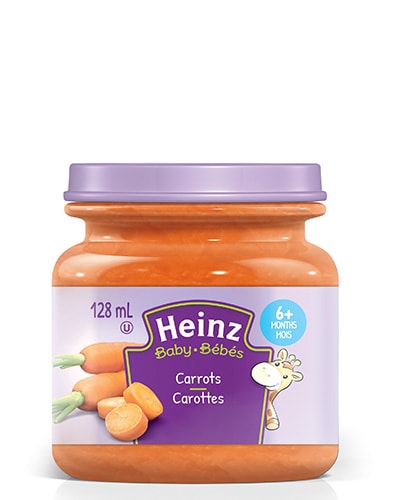 Start with no seasoning at first and keep the meal plain. Then, take the cooked meat apart and place it in the blender. Finally, add some water and blend to the consistency you like.
Start with no seasoning at first and keep the meal plain. Then, take the cooked meat apart and place it in the blender. Finally, add some water and blend to the consistency you like.
Mix grains like cereal and oatmeal with water, breast milk or formula, following the instructions on the package.
Offer food one at a time
Your child may react to certain food, and the best way to see which ones is to offer only one food every two to three days, especially in the beginning. Reactions can include allergy symptoms, rashes, fussiness or gas.
When I first introduced solids to my eldest, one of his reactions was constipation. I eased on offering him solids for a few days until he was able to digest as usual.
Once you can see that the new food doesn’t seem to affect your child, go ahead and introduce a new flavor.
Store food correctly
Homemade baby food can stay in the freezer for one month, in the fridge for three days, and at room temperature for no longer than one hour. When storing in the freezer, pour them either into ice cube trays (where typically one cube equals an ounce) or baby food containers.
When storing in the freezer, pour them either into ice cube trays (where typically one cube equals an ounce) or baby food containers.
A convenient way to make baby food at home
Even with all the benefits of homemade baby food, one downside is the time it takes to prepare. From shopping to slicing to storing, homemade baby food isn’t always the most convenient to prepare, especially when you’re already low on time as it is.
For the longest time, we were stuck: We either had the convenience of store-bought baby food, or the time-consuming freshness of homemade baby food.
Homemade baby food, made easy
Introducing Thistle, the baby food subscription service that gives you the best of both worlds!
Every week, you get the convenience of organic, flash-frozen produce delivered to your door. No juggling babies and shopping carts at the grocery store!
All the items are pre-washed, chopped and already portioned to save you time—you can cook three recipes in under 15 minutes each! Open each pouch of produce, steam and blend.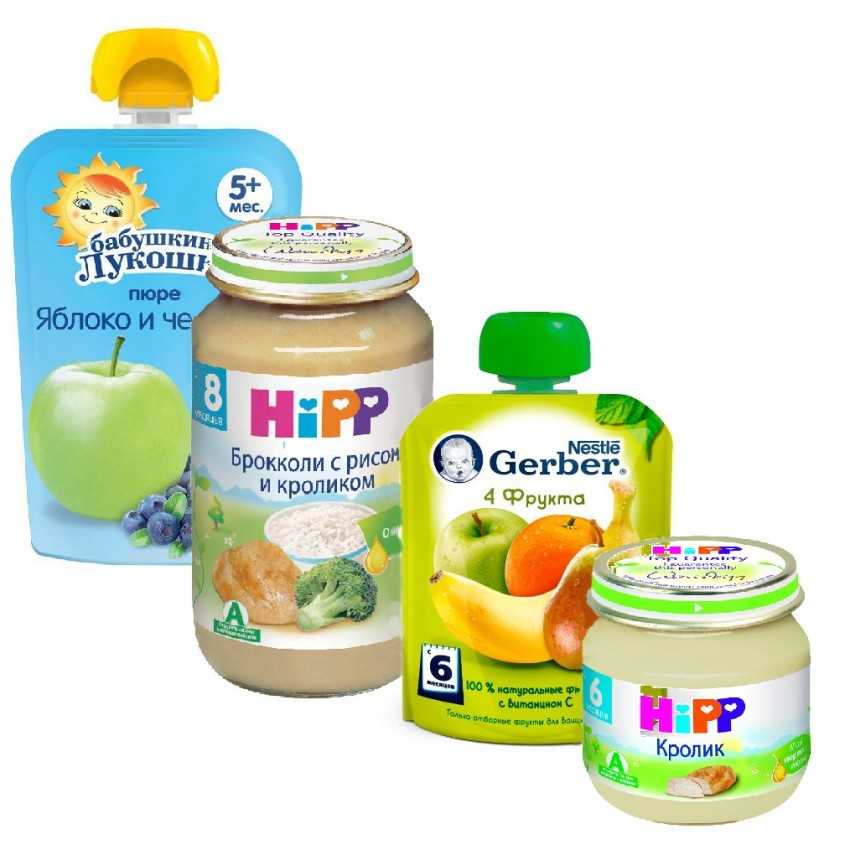 Al the prep work has already been done for you.
Al the prep work has already been done for you.
With so much convenience, you’d think you’re stuck with the same flavors you’d find on the shelves, but not so.
Thistle makes nutritious, homemade baby food with a ton of variety. Fruits, vegetables, super foods, herbs and spices to widen your baby’s palette and give her the nutrients she needs.
And at $2 a meal, you’re actually paying less than what you’d pay for most organic store bought brands.
You can pause or cancel your subscription at any time, too—no commitments. And the best part? Your first box is 30% off, automatically.
Thistle understands how busy we get. They want to make homemade baby food not only easy for parents, but a way to foster a lifetime of healthy eating habits for kids. With Thistle, you get the benefits—and the convenience—of homemade baby food.
Sign up for Thistle right here
How does milk thistle extract help detoxify the body?
Contents
- Effectiveness of thistle extract for the liver
- Milk thistle in the fight against cancer
- How to use it
- Contraindications
Disclaimer
Please note that all information posted on the site Prowellness is provided for informational purposes only and is not a personal program, a direct recommendation for action, or medical advice.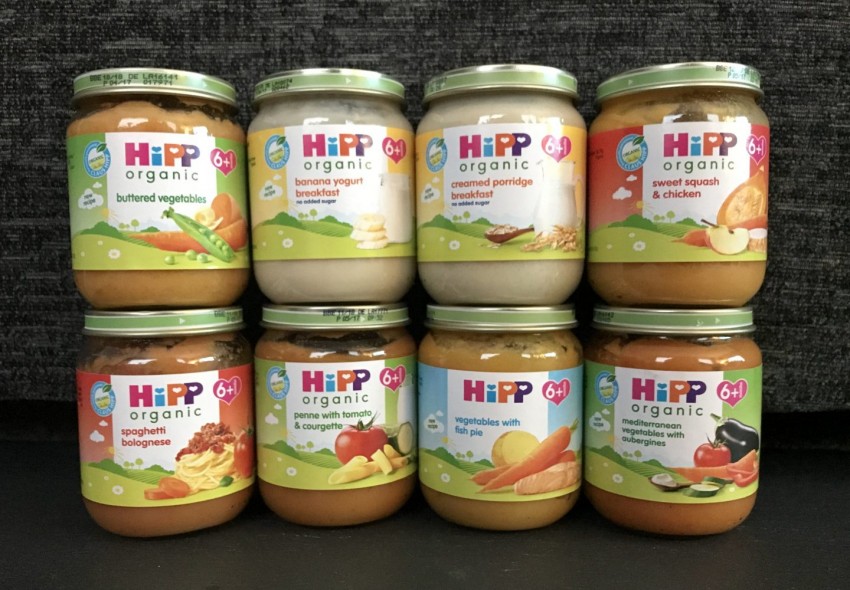 Do not use these materials for diagnosis, treatment, or any medical procedure. Consult your physician before using any technique or using any product. This site is not a specialized medical portal and does not replace the professional advice of a specialist. The Site Owner is not liable to any party who has suffered indirect or direct damage as a result of misuse of materials posted on this resource.
Do not use these materials for diagnosis, treatment, or any medical procedure. Consult your physician before using any technique or using any product. This site is not a specialized medical portal and does not replace the professional advice of a specialist. The Site Owner is not liable to any party who has suffered indirect or direct damage as a result of misuse of materials posted on this resource.
How does milk thistle extract help detoxify the body?
Milk thistle, or thistle, is an effective antioxidant and anti-inflammatory agent. It is used to destroy and neutralize various toxic substances (detoxification) in the body. Helps in the treatment of diseases of the liver, gallbladder and other organs.
The effectiveness of thistle extract for the liver
The condition of the blood largely depends on the performance of the liver. This organ cleanses the entire body, including body fluids. Therefore, it is important to keep him healthy.
There are many plants that have a beneficial effect on the liver. However, the most impressive results come from the use of thistles.
Milk thistle naturally protects the liver from the adverse effects of pesticides, heavy metals, and even poisons. It contains silarmine, which has antioxidant properties and is used as a remedy for various liver diseases.
Attention! Thistle extract tablets have a truly miraculous property. Many studies show that with their timely and proper use, the liver regenerates healthy cells faster, up to full recovery.
Milk thistle in the fight against cancer
When the body is affected by cancer, the liver is not healthy. And for an effective fight against the disease, this is a very important condition. That is why it is necessary to use milk thistle extract for oncological diseases.
The seeds of the plant contain the flavonoid silymarin, which improves immunity and helps fight cancer that has already manifested.
How to use
The plant is useful in all forms. You can use:
- thistle seeds and leaves;
- tinctures;
- tea;
- plant extract in capsules and powder.
Attention! However, large volumes of thistle are needed for a visible effect, so it is best to take its extract in capsules.
Contraindications
Thistle extract is a safe, well-tolerated substance. But in rare cases, side effects may occur. These are allergic reactions and a laxative effect.
Milk thistle may also react with other medicines. Among them are drugs for anxiety, allergies and blood thinners. For this reason, it is better to consult a doctor before taking the medicine.
Disclaimer
Please note that all information posted on the site Prowellness is provided for informational purposes only and is not a personal program, a direct recommendation for action, or medical advice.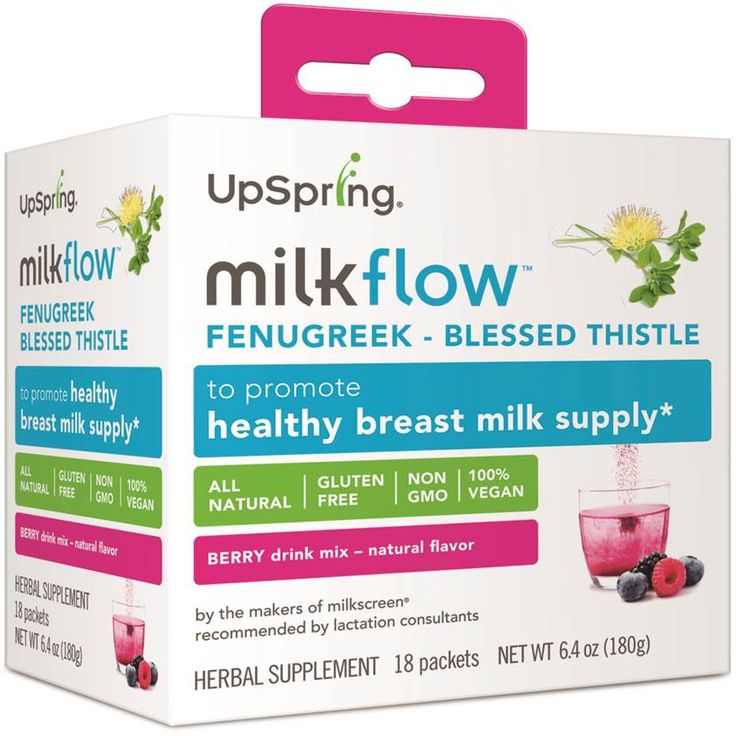 Do not use these materials for diagnosis, treatment, or any medical procedure. Consult your physician before using any technique or using any product. This site is not a specialized medical portal and does not replace the professional advice of a specialist. The Site Owner is not liable to any party who has suffered indirect or direct damage as a result of misuse of materials posted on this resource.
Do not use these materials for diagnosis, treatment, or any medical procedure. Consult your physician before using any technique or using any product. This site is not a specialized medical portal and does not replace the professional advice of a specialist. The Site Owner is not liable to any party who has suffered indirect or direct damage as a result of misuse of materials posted on this resource.
Expert: Ekaterina Vladimirova Expert in the field of motherhood and child nutrition
Reviewer: Ekaterina Vorobieva Adept of a healthy and active lifestyle
Thistle extract, 20 tablets - InternetAptieka.lv
0 reviews
coming soon
When it will be? I want to know first!
Add to favorites Added to favorites
The drug contributes to the protective function of the liver in patients suffering from impaired liver function.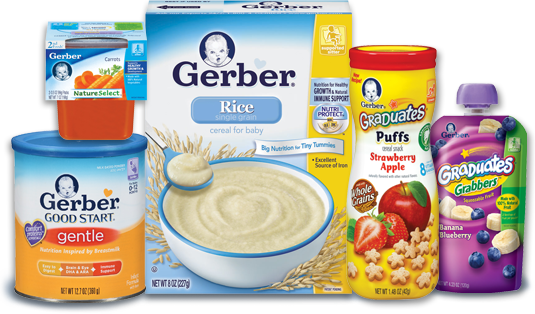 Silymarin is the active ingredient in thistle extract. Silymarin - stabilizes the membranes of liver cells, protecting them from harmful effects, thereby improving their regeneration.
Silymarin is the active ingredient in thistle extract. Silymarin - stabilizes the membranes of liver cells, protecting them from harmful effects, thereby improving their regeneration.
Product details
Dietary supplement. Dietary supplement does not replace a complete and balanced diet.
Shipping
Smartpost network Itella - December 19th. Is free *
Omniva parcel machine - December 19th. Is free *
parcel machine Latvijas pasts - December 19th.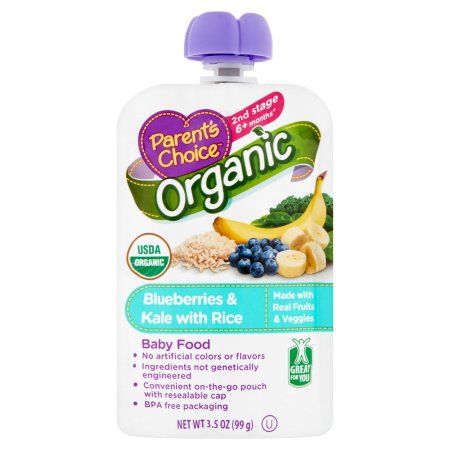 Is free *
Is free *
Pharmacy - December 19th. Is free
Latvijas Pasta nodala - December 19th. Is free *
Delivery to Circle K - December 19th. Is free *
Express delivery with Venipak - Today.